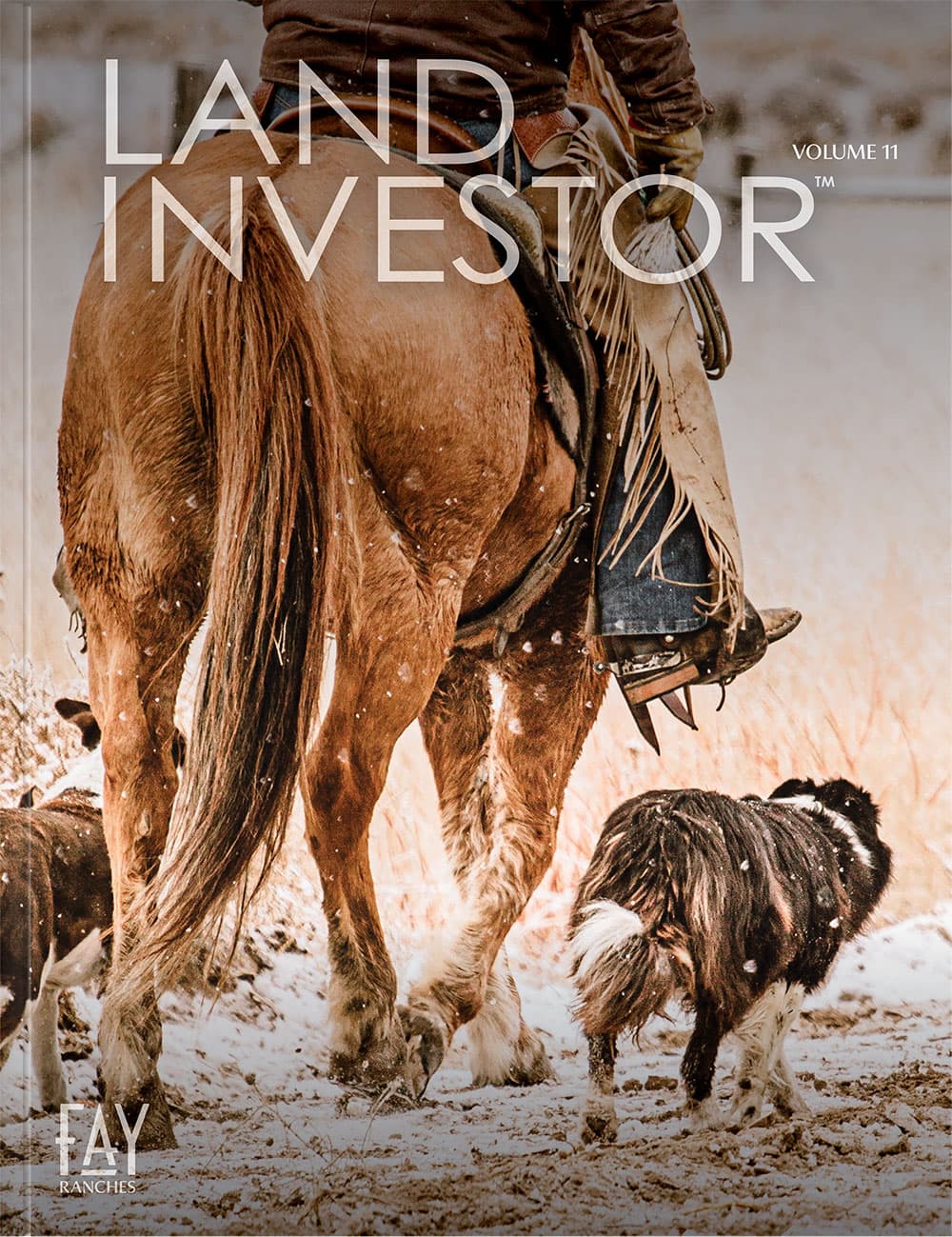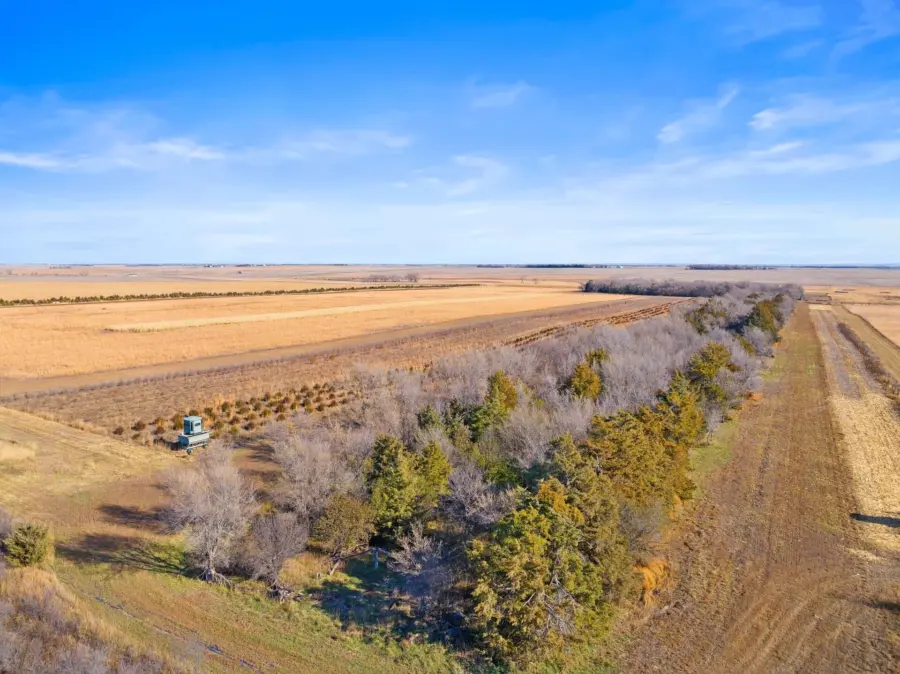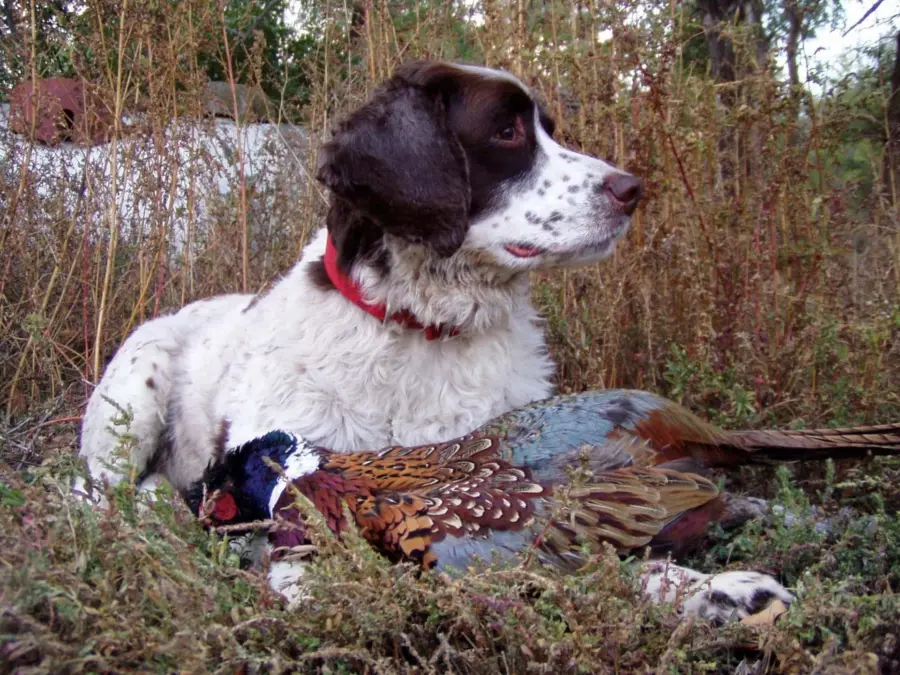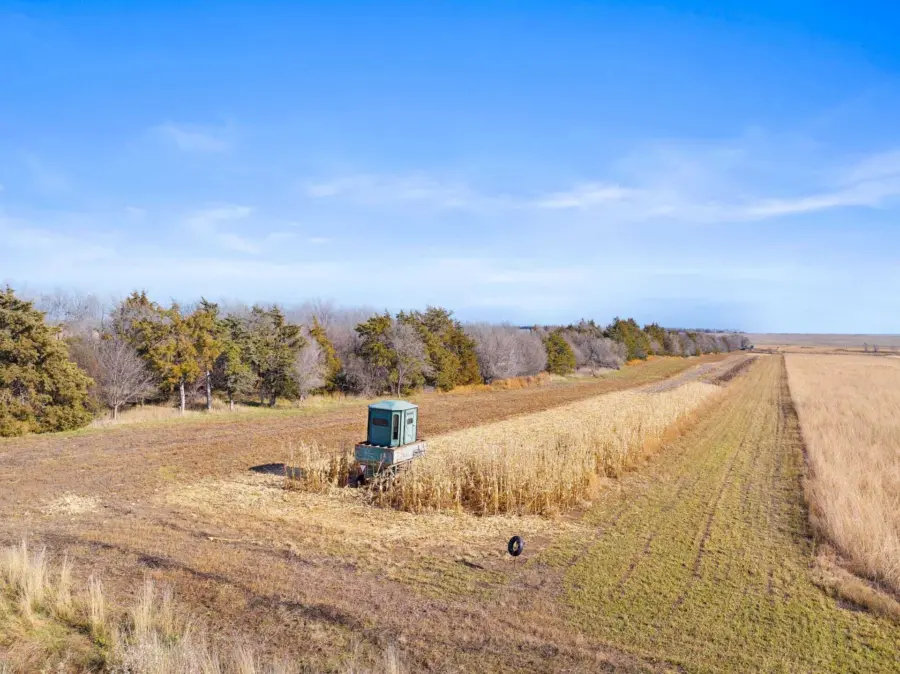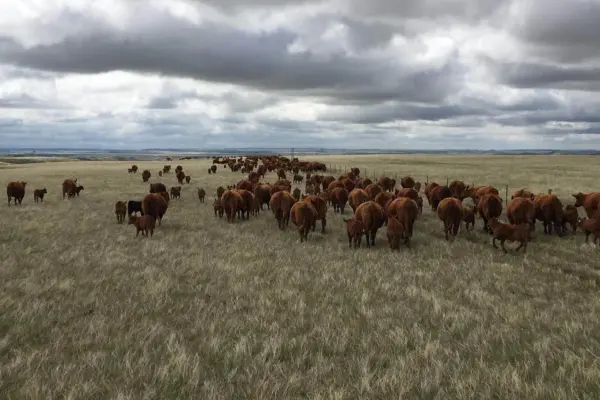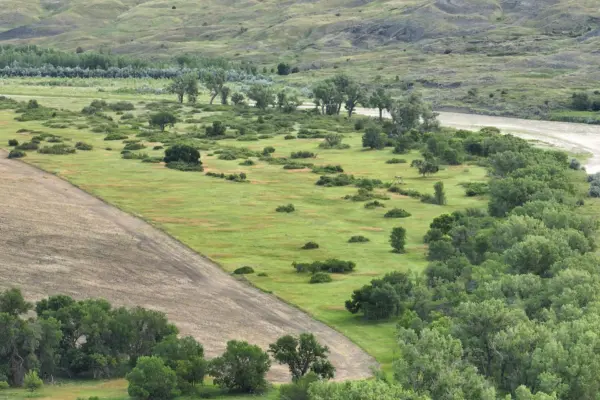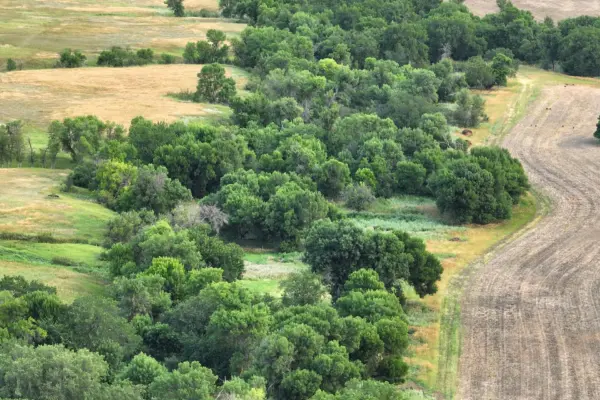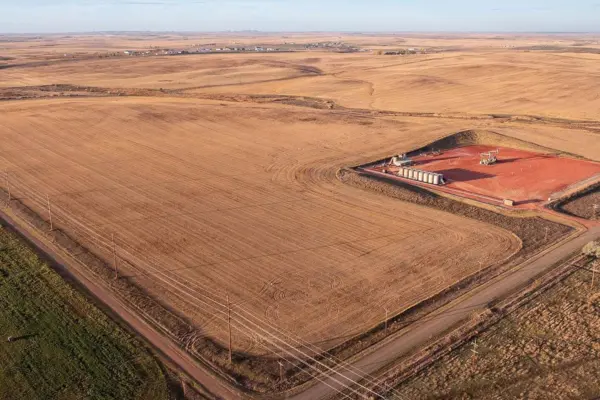Nestled snugly in the heart of the American Midwest, South Dakota boasts an undeniable charm—a blend of picturesque landscapes, warm hospitality, and a rich tapestry for outdoor adventures.
While there are many attractions, such as Mount Rushmore National Memorial, numerous wildlife viewing opportunities, and the Missouri River coursing through the heart of the state that offers some of the finest freshwater fishing in the nation, it’s pheasant hunting that reigns supreme. Aptly touted as the pheasant capital of the United States, South Dakota has welcomed enthusiasts from across the nation for over 11 decades.
The history of pheasant hunting in South Dakota is as storied as it is captivating, weaving together elements of wildlife conservation, economic prosperity, the spirit of epic adventures, and camaraderie shared among friends.
Among the rolling plains of South Dakota, adorned with golden wheat fields swaying gently in the breeze, a colorful bird, native to Asia, found its way to American soil thanks in part to the efforts of game enthusiasts and conservationists who were seeking to diversify the local wildlife population.
From 1911 to 1919, the state purchased an estimated 7,000 pheasants (a population that skyrocketed to approximately 12 million birds in 1935 and 1936), and the 1920s marked the beginning of what would become known as the "Golden Age" of pheasant hunting in South Dakota. By 1929 almost 3,000 out-of-staters had purchased hunting licenses during pheasant season.
Pheasant hunting became more than just a pastime; it shaped its culture and traditions for generations to come and became an integral part of South Dakota’s identity–even going so far as to name the Chinese Ring-Necked Pheasant as their state bird in 1943.
